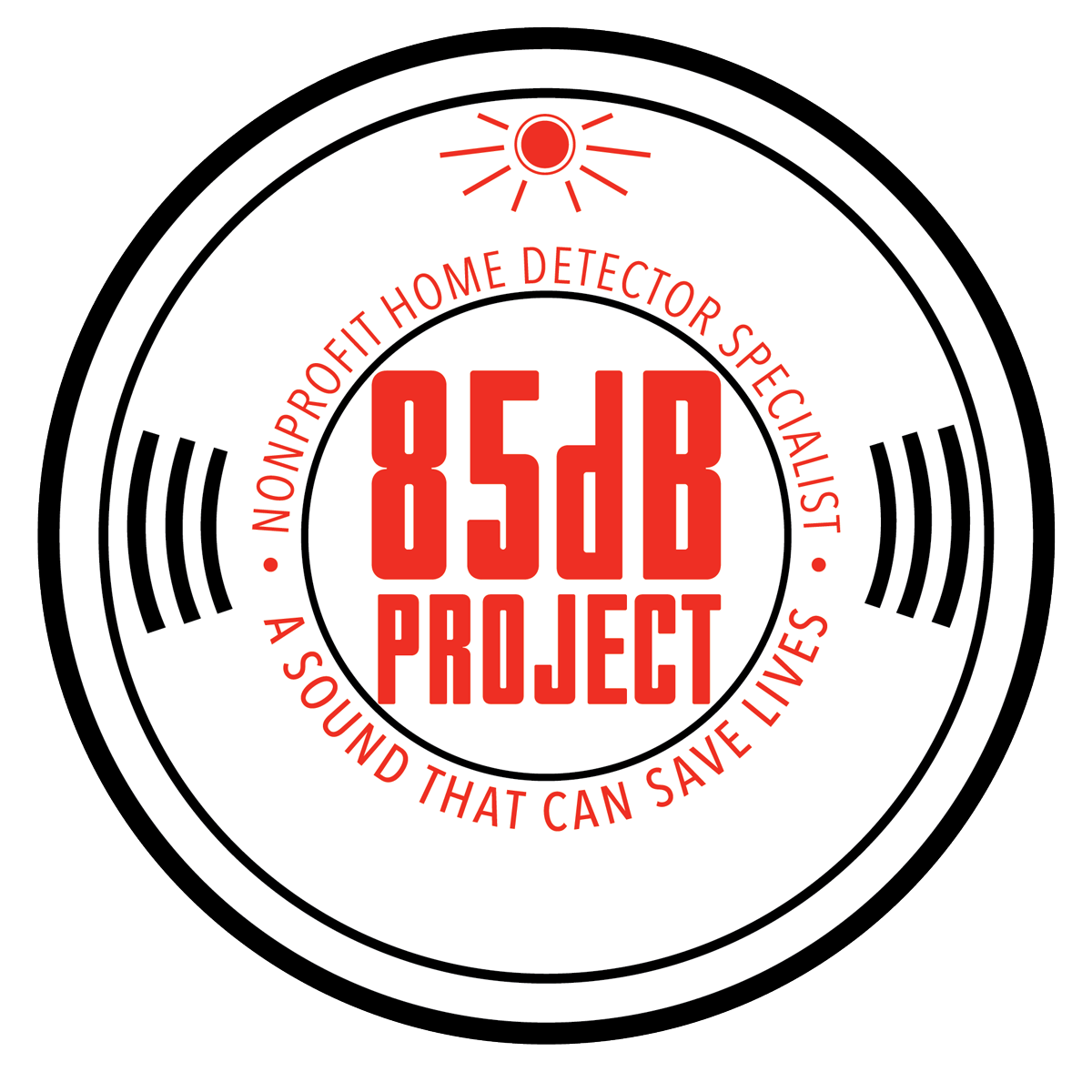In the realm of child safety, education plays a pivotal role in empowering young minds to recognize and respond appropriately to potential hazards. While parental supervision remains crucial, educating children about home detectors—smoke alarms, carbon monoxide detectors, and other safety devices—adds an additional layer of protection and awareness within the household. Through informative and engaging lessons, children can develop a strong foundation in home safety that will benefit them throughout their lives.
Importance of Early Education
Introducing children to the concept of home detectors at an early age instills a sense of responsibility and preparedness. Teaching them how these devices function, what they detect, and the actions to take in response to an alert not only cultivates safety consciousness but also empowers them to act confidently in emergency situations.
Simplifying Complex Concepts
Breaking down complex technological aspects into age-appropriate language and visuals is crucial. Use interactive methods such as storytelling, games, and demonstrations to illustrate how detectors work and why they are essential. Analogies and relatable examples can aid in their understanding. For instance, comparing a smoke alarm to a superhero that alerts us to danger can resonate with young minds.
The Three P’s: Plan, Practice, and Prevent
Educating children goes beyond mere theoretical knowledge. Implementing a safety plan and practicing emergency procedures further reinforces their understanding. Encourage discussions about exit strategies, designated meeting points outside the house, and the importance of not re-entering a building during a fire or gas leak. Regular drills can turn learning into muscle memory, ensuring a swift and effective response when needed.
Tailoring Lessons for Different Ages
Customize the educational approach based on the child’s age. For younger children, focus on basic concepts and simple actions, like recognizing the alarm sound and knowing to evacuate. With older children, delve deeper into the science behind detectors, emphasizing the dangers they protect against and discussing potential scenarios to reinforce critical thinking and decision-making skills.
Collaboration with Schools and Communities
Schools and community organizations play a pivotal role in reinforcing home safety education. Collaborate with educators to integrate lessons on home detectors into school curricula. Organize workshops or community events where experts can engage children and parents alike in interactive sessions, fostering a collective commitment to safety.
Parental Involvement and Continued Reinforcement
Parents are key facilitators in their children’s learning journey. Encourage them to involve kids in regular maintenance checks of detectors and discuss the importance of these devices periodically. Create a family safety checklist that includes testing detectors, changing batteries, and discussing safety protocols, fostering a culture of safety awareness at home.
Conclusion
Educating children about home detectors is an investment in their safety and well-being. By imparting knowledge, fostering practical skills, and instilling a sense of responsibility, we equip the younger generation with the tools needed to navigate emergencies confidently. Empowered with this knowledge, children become proactive agents of safety within their homes and communities, contributing to a safer and more prepared society.


